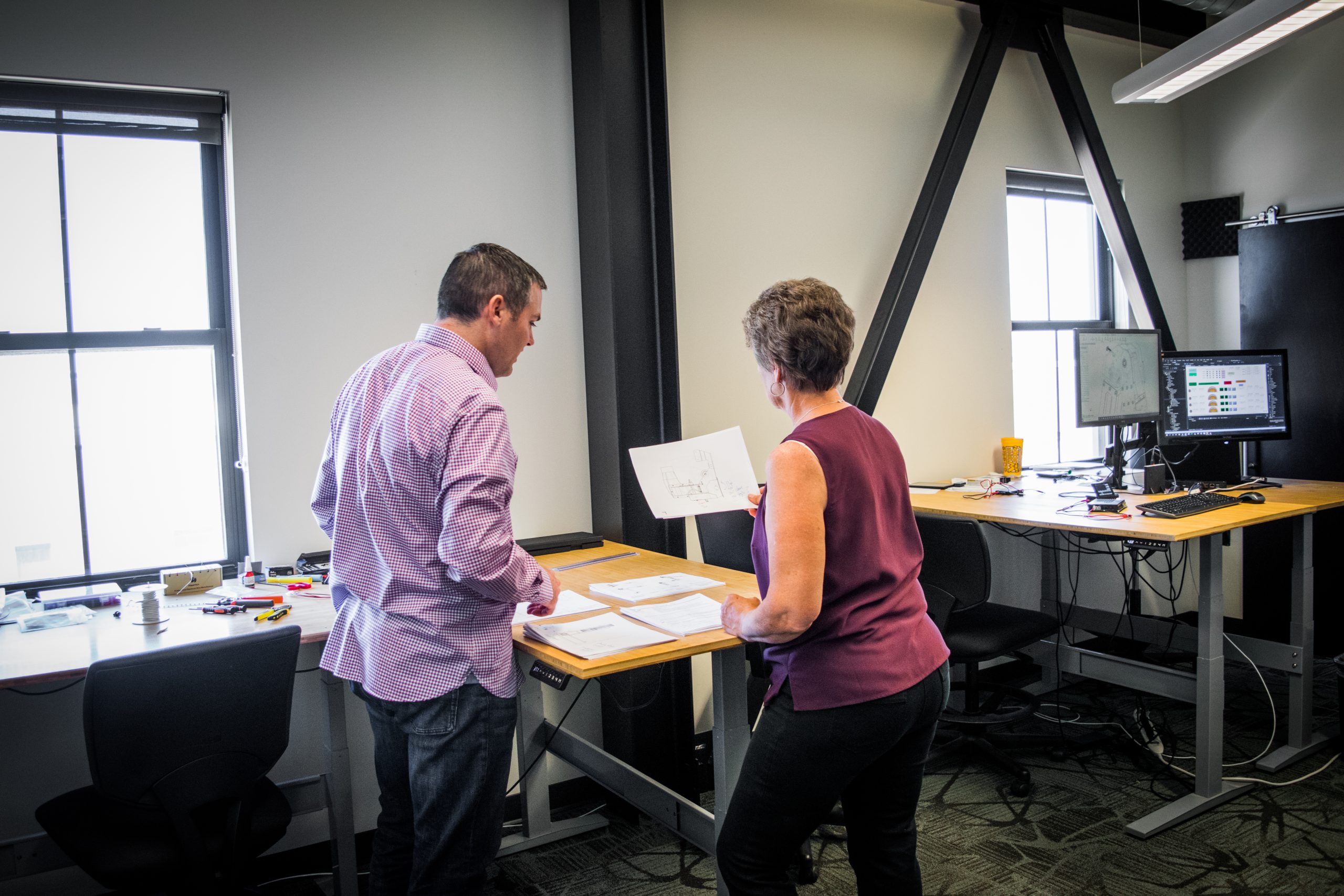
The Army Research Laboratories (ARL) stand as beacons of cutting-edge research and development in military technology and innovation. Situated at the forefront of technological advancement, ARL plays a pivotal role in shaping the future of the United States Army. This article delves into ARL’s depths, history, mission, groundbreaking projects, and impact on military operations and beyond.
Understanding the Mission
Established in 1992, the Army Research Laboratories is a network of facilities dedicated to advancing scientific discovery and technological innovation supporting the U.S. Army. The primary mission of ARL is to conduct research across various disciplines, ranging from materials science and engineering to robotics and artificial intelligence. With a focus on basic and applied research, ARL aims to develop solutions that enhance the Army’s capabilities, improve soldier performance, and ensure national security.
Research Areas
ARL encompasses diverse research areas, each vital to maintaining military superiority in an ever-evolving landscape. One such area is materials science, where researchers explore novel materials and manufacturing techniques to develop lighter, stronger, and more durable equipment and infrastructure. From advanced ceramics to high-performance polymers, these materials play a crucial role in enhancing the survivability and effectiveness of Army assets.
Another critical focus area is robotics and autonomous systems. ARL is at the forefront of developing uncrewed ground vehicles, drones, and robotic platforms capable of performing various tasks, from reconnaissance and surveillance to logistics support and combat operations. These technologies reduce the risk to soldiers and enable new tactics and strategies on the battlefield.
In addition to materials science and robotics, ARL invests heavily in cybersecurity, quantum technologies, and human performance optimization. By staying ahead of emerging threats and leveraging the latest advancements in science and technology, ARL ensures that the Army remains agile, adaptable, and ready to meet future challenges.
Collaborative Partnerships
Central to ARL’s success is its collaborative approach to research and development. Working closely with academia, industry partners, and other government agencies, ARL fosters innovation through knowledge sharing, joint projects, and technology transfer initiatives. These partnerships accelerate the pace of innovation and ensure that ARL’s research remains at the forefront of scientific discovery.
One notable example of ARL’s collaborative efforts is its engagement with academic institutions through the Army University Research Centers (URCs). These centers bring together top researchers from universities nationwide to tackle critical challenges facing the Army. By leveraging the expertise and resources of academia, ARL can pursue groundbreaking research that pushes the boundaries of science and technology.
Impact on Military Operations
The impact of ARL’s research extends far beyond the laboratory walls, directly influencing military operations and doctrine. By developing new technologies and capabilities, ARL enhances the Army’s ability to deter adversaries, project power, and achieve mission success across various operational environments.
For example, advances in uncrewed aerial vehicles (UAVs) and sensor technologies have revolutionized reconnaissance and surveillance operations, providing soldiers with real-time situational awareness and intelligence on the battlefield. Similarly, innovations in materials science have led to the development of lightweight body armor and vehicle armor, improving soldier survivability and vehicle protection against threats such as improvised explosive devices (IEDs) and ballistic projectiles.
Moreover, ARL’s cybersecurity and information warfare research has become increasingly important in an era of digital conflict and hybrid warfare. By developing secure communication networks, robust encryption algorithms, and resilient cyber defenses, ARL helps safeguard critical information and infrastructure from malicious actors seeking to disrupt military operations and undermine national security.
Looking to the Future
As technological innovation accelerates, ARL remains committed to staying ahead of the curve and anticipating future threats and opportunities. From quantum computing and artificial intelligence to advanced materials and energy systems, ARL continues to push the boundaries of what is possible, shaping the future of warfare and ensuring the Army’s dominance on the battlefield.
However, the challenges facing ARL are technical, organizational, and cultural. To maintain its competitive edge, ARL must continue to foster a culture of innovation, attract top talent, and adapt to changing priorities and requirements. By embracing agility, collaboration, and a relentless pursuit of excellence, ARL will continue to advance science, technology, and engineering for the benefit of the Army and the nation.
The Army Research Laboratories are pillars of innovation and excellence, driving the cutting edge of military technology and research.ARL drives military innovation across diverse fields, ensuring Army readiness and shaping the future of the U.S. Army and securing the nation’s interests in an increasingly complex and uncertain world.